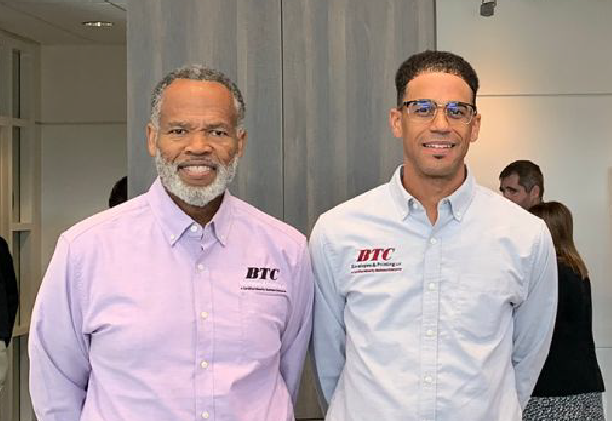- Learning Center
- Small Business Blog
- Small Business Loans
- Getting a Small Business Loan May Become Easier
The Small Business Administration recently announced updated Standard Operating Procedures (SOP) to expand access to capital, which may make it easier for small businesses to get loans. The updated SOP, a set of guidelines governing guaranteed loans including the 7(a) and 504 lending programs, went into effect in August.
According to Inc.®, “Among other things, banks will see fewer fees, and borrowers can expect higher loan sizes, as well as a new stance on how you can apply those funds.”
Read on to learn more about these changes and others from the updated SOP that may make small business loans easier to qualify for, and even more advantageous for small business owners.
Bigger loan amounts
The SBA formally increased the limit for 7(a) small business loans to $500,000, an increase from $350,000. This was previously announced in May 2023, however the SOP guidance solidifies the announcement and makes it easier for lenders to follow.
The agency also clarified the maximum amount someone can borrow from 7(a) loans as $5 million. This means that a borrower could potentially have up to 10 small 7(a) loans. Because small loans tend to have fewer requirements, this may help expand lending.
Less paperwork
The SBA has also reduced the amount of required paperwork. Previously, lenders had to analyze three years’ worth of business tax returns, a full guarantor analysis, and monthly financial statements. With the latest guidance, lenders are no longer required to scrutinize those, which allows for more streamlined underwriting processes. This in turn may expedite loan approval, leading to borrowers accessing capital sooner.
It should be noted that lenders are always able to ask for more paperwork and information from applicants to help determine if the borrower is creditworthy.
Reduced fees
Lenders are now required to charge a fixed fee of up to $2,500 per loan. This SBA packaging fee provides the lender with fee income to offset the expense of originating the loan. Previously, lenders could charge various loan percentages, which capped out at $30,000 per loan.
Simpler standards for acquisitions
The new SOP also makes acquisitions simpler for small businesses.
An Inc. article states, “While businesses could purchase other companies before with SBA-backed loans, they could do so only if they assumed total ownership of a new company. The SBA now allows companies to use 7(a) loans or SBA express loans to buy partial stakes in a business.”
Insurance is up to the lender
Insurance requirements are now less stringent and the individual lender now has more say in what they will specifically require. For example, the SBA is no longer requiring life insurance on SBA loans but lenders may continue to require it, especially if it is a requirement on their non-SBA loans.
Additionally, for loans under $500,000, hazard insurance is only required for SBA loans that are used to buy, refinance, or improve real estate.
Changes for startups
Equity injections, cash or other assets that are not on a loan applicant’s balance sheet, are no longer required for startups to receive an SBA loan. Previously entrepreneurs needed to invest ten percent of the business into their startup (defined as a company that’s been in business for less than two years) before a bank could issue SBA loans. Lenders may still require this to reduce their lending risk but it will be up to the individual lenders.
Affiliation tests
Lenders need to carry out affiliation tests to determine if a company is small and qualifies for an SBA loan. The test examines if a business is associated with another business, like an independent franchise. Before the new guidance, there wasn’t always a clear way for a lender to determine whether one business was affiliated with another. However, now if a company owns 50 percent or more of another business, and works within the same industry, the two are considered affiliates. Eligibility determination will now be in-house through SBA technology upgrades. These changes will help small businesses and lenders know who qualifies up-front, saving time.
Addressing funding gaps
These loan program updates build on SBA Administrator Isabella Casillas Guzman’s previous announcements that address long-standing persistent capital access gaps for rural, veteran, women, and minority-owned businesses.
The SBA “recognizes that small businesses, particularly those owned by individuals in underserved communities who are highly entrepreneurial, still face long-standing barriers in accessing capital needed to grow or start their businesses.” The updated SOPs aim to reduce capital access gaps for these communities, while making it easier for both lenders and borrowers to apply for and receive SBA loans.
If an SBA loan is right for your small business, you can get started with SmartBiz® right now. Our simple, online application lets you know if you pre-qualify you in five minutes or less and our dedicated experts will help guide you through the process, ensuring you are matched with the right funding solution for your business. Apply today!









